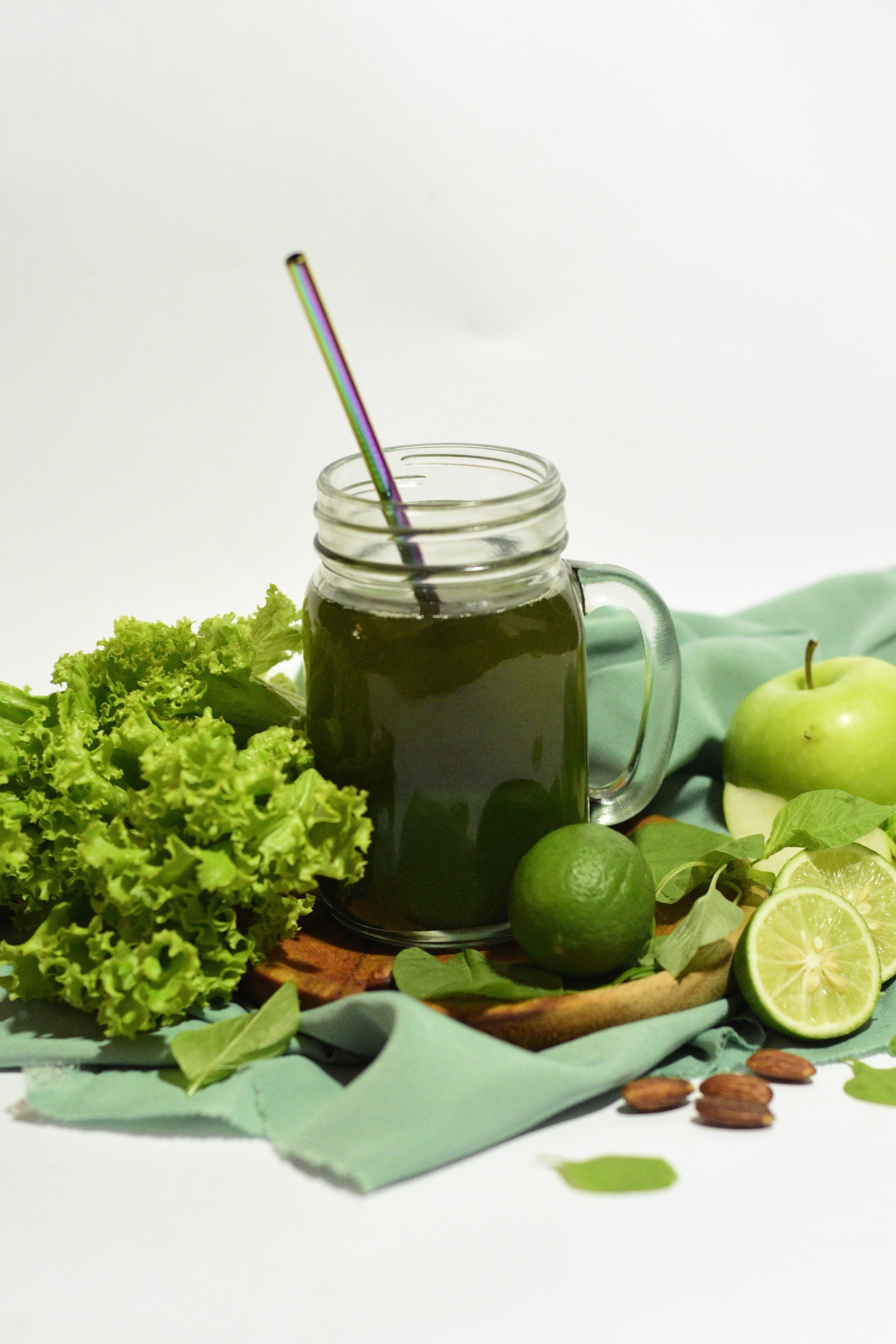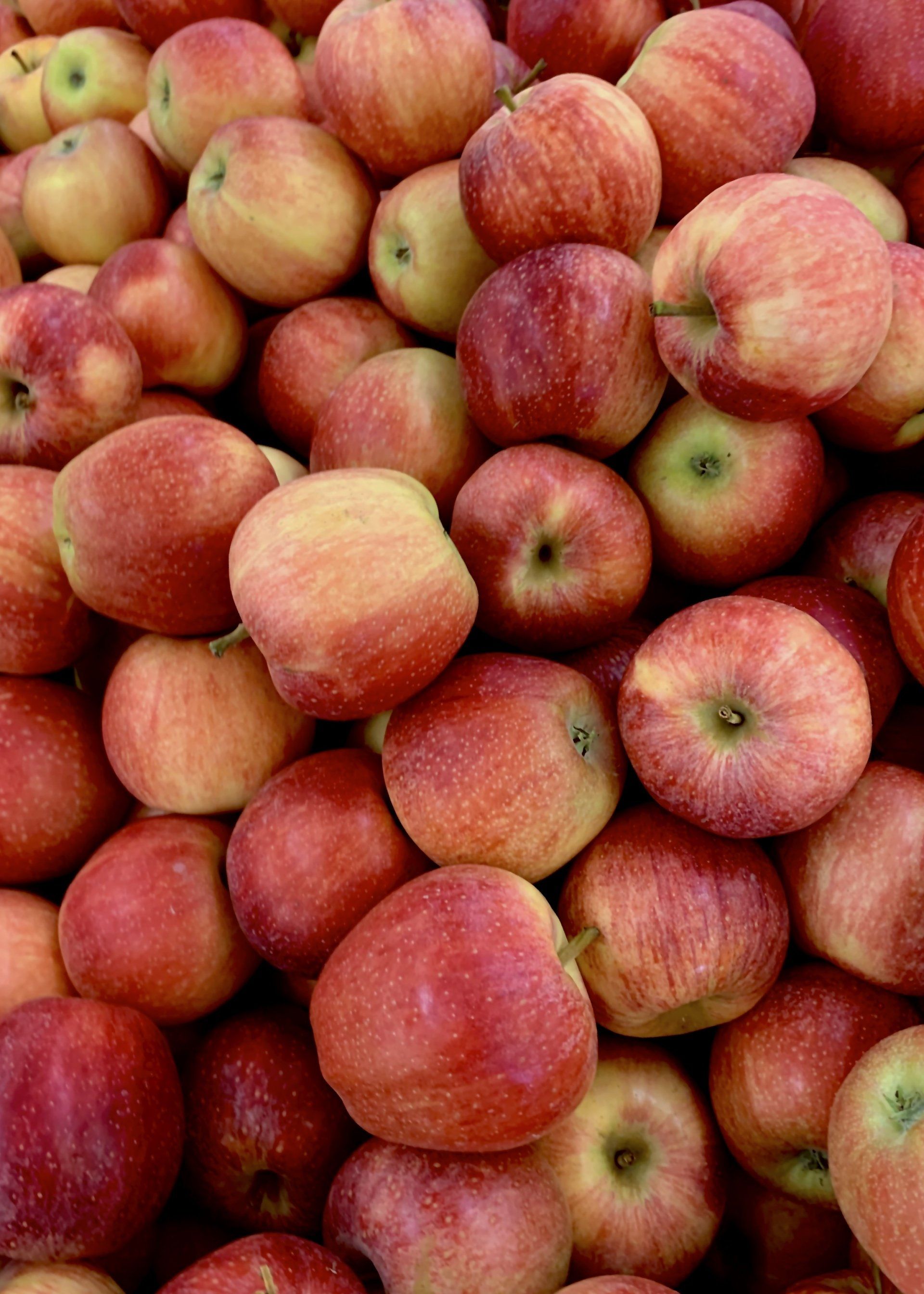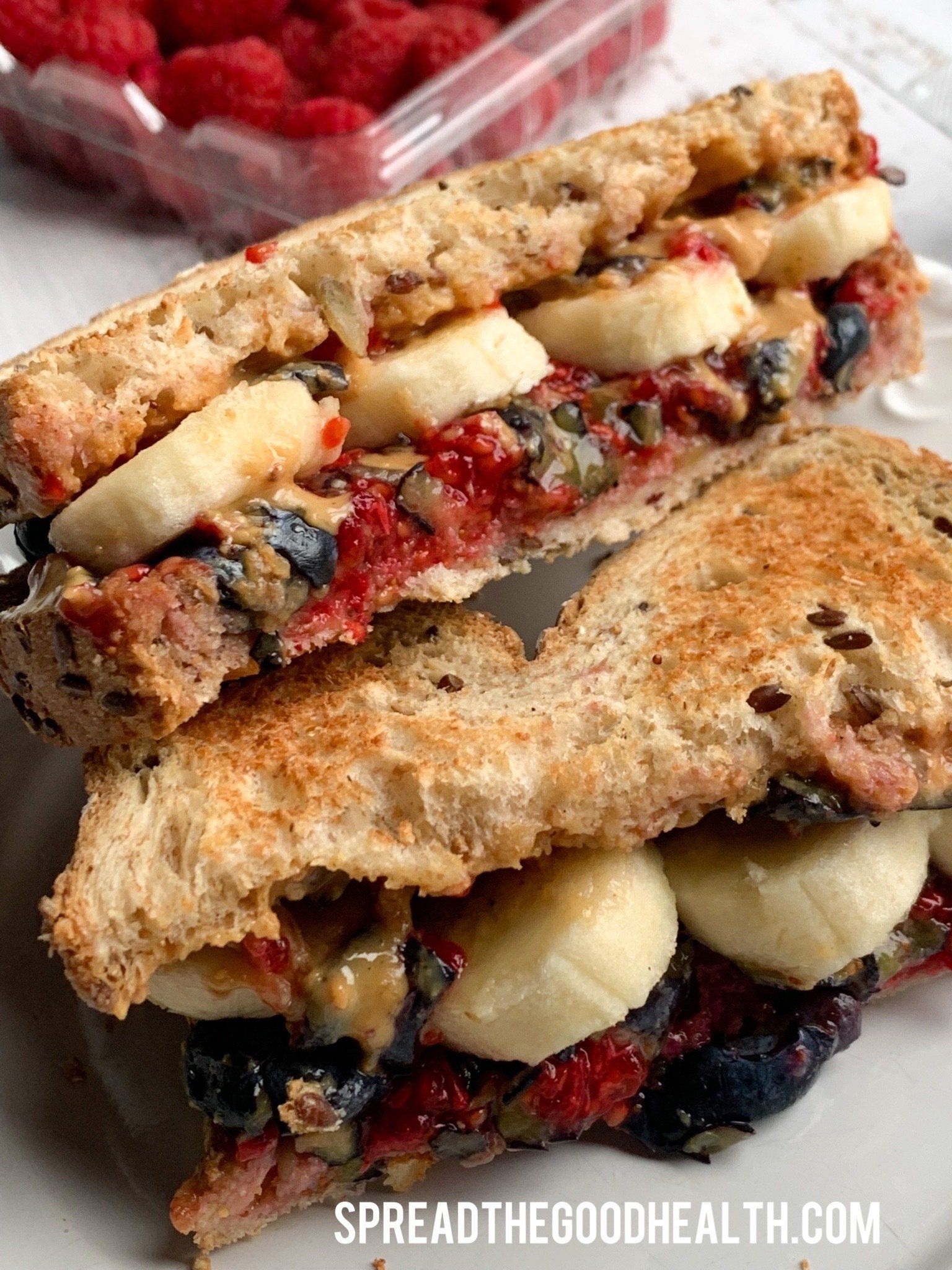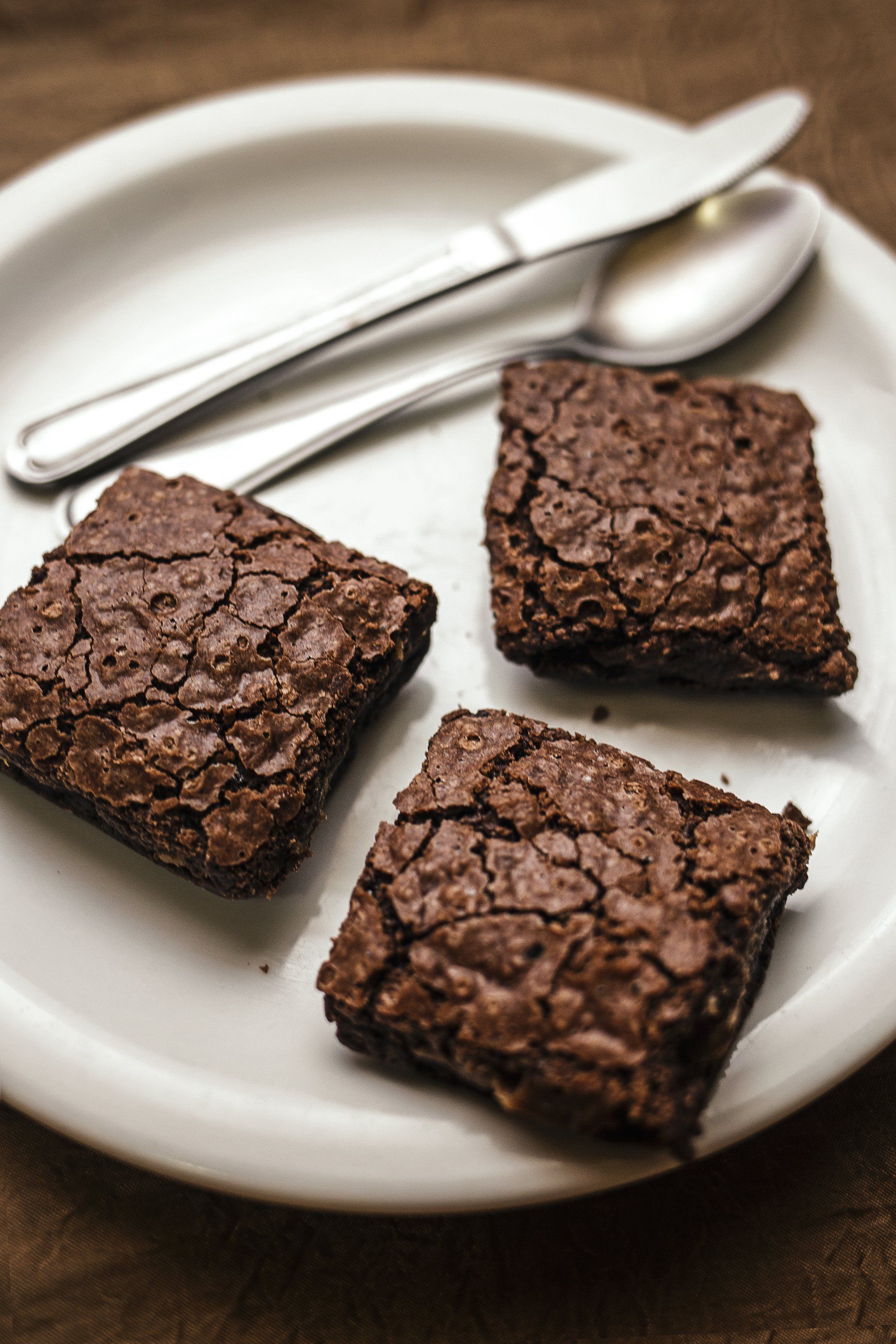Gluten Free Grains
Who would have thought that there would be an “International Gluten Free Day”?!
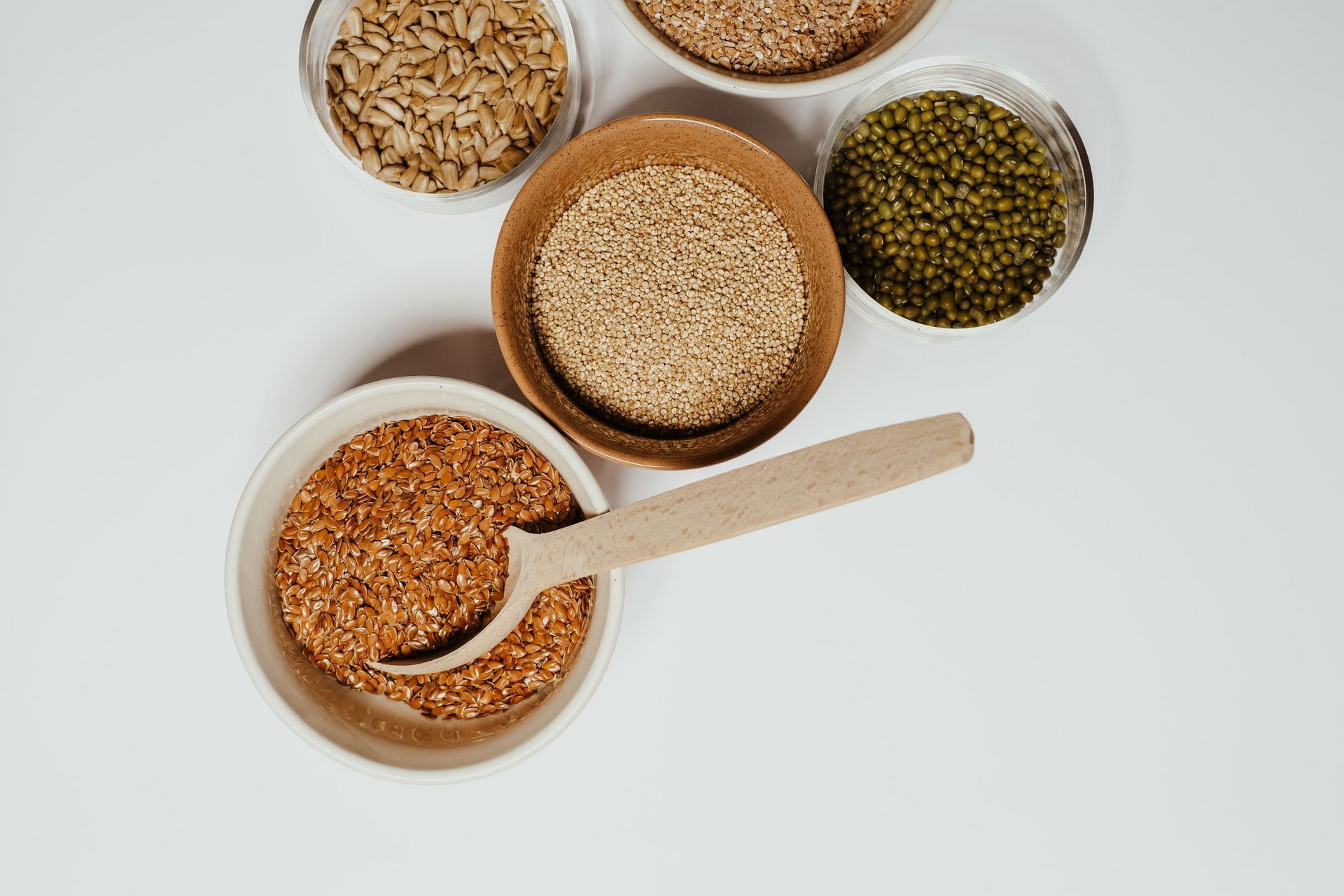
Truth be told, nowadays not much surprises me. So in spirit of this day I thought I’d share some of the top consumed grains that are gluten free.
First off, what the heck is gluten? And why are so many people avoiding it or completely eliminating it from their diet?
Gluten is a protein that is found in certain grains, including wheat. It acts like a binder, holding food together and adding a “stretchy” quality—think of a pizza maker tossing and stretching out a ball of dough. Without gluten, the dough would rip easily.
It is commonly found in foods such as cereals, pizzas, breads and pastas and has no nutritional value.
Gluten is also a common type of food intolerance, causing an array of unpleasant symptoms such as bloating, gas, stomach pain, headaches, diarrhea and/or constipation. Those with an intolerance are suggested to minimize gluten as best as possible and those with Celiac Disease (an autoimmune disorder) are suggested to not consume gluten at all and opt for gluten free options instead.
The exact reason for a gluten intolerance hasn’t yet been understood for certain, but research shows that most people just aren’t able to breakdown the protein properly. As a result, the food ferments in the gut, causing a variety of health issues.
Luckily there are many GF options that are nutritious and easily accessible, and with todays food technology, there are plenty of options to pick and choose from. Below is a list of a few wonderful GF grains:
SORGHUM
Sorghum is typically cultivated as both a cereal grain and animal feed. It is also used to produce sorghum syrup, a type of sweetener, as well as some alcoholic beverages.
This gluten-free grain contains beneficial plant compounds that act as antioxidants to reduce oxidative stress and lower your risk of chronic disease. Additionally, sorghum is rich in protein and fibre and can help slow the absorption of sugar to keep your blood sugar levels steady.
Sorghum has a mild flavor and can be ground into flour for baking gluten-free goods. It can also replace barley in recipes like mushroom-barley soup.
QUINOA
Quinoa has quickly become one of the most popular gluten-free grains. It’s incredibly versatile and a good source of fiber and plant-based protein. It’s also one of the healthiest grains, boasting a high amount of antioxidants that may help reduce your risk of disease.
Additionally, quinoa is a good source of protein and one of the few plant foods considered a complete protein source. While most plant foods are lacking in one or two of the essential amino acids required by your body, quinoa contains all eight. This makes it an excellent plant-based source of protein. Quinoa is the perfect ingredient to make gluten-free crusts and casseroles. Quinoa flour can also be used to make pancakes, tortillas, or quick bread.
OATS
Oats are very healthy. They also stand out as one of the best sources of oat beta-glucan, a type of soluble fiber with advantages for your health. Other studies have shown that beta-glucan may slow the absorption of sugar and lower blood sugar and insulin levels.
Although oats are naturally gluten-free, many brands of oats may contain trace amounts of gluten. Oat products may become contaminated with gluten when they are harvested and processed. If you have celiac disease or a gluten sensitivity, be sure to look for oats labeled as certified gluten-free.
A hot bowl of oatmeal is the most popular way to enjoy oats, but you can also add oats to pancakes, granola bars, or parfaits for extra fiber and nutrients.
BROWN RICE
Although brown and white rice come from the same grain, white rice has had the bran and germ of the grain removed during processing. Thus, brown rice has more fiber and a higher amount of many micronutrients, making it one of the healthiest gluten-free grains around.
Both varieties of rice are gluten-free, but studies show that replacing white rice with brown rice comes with added health benefits. In fact, choosing brown rice in place of white rice can lead to decreased risks of diabetes, weight gain, and heart disease.
Brown rice makes a delicious side dish on its own or can be combined with vegetables and a lean source of protein to create a filling meal.
TEFF
As one of the smallest grains in the world, teff is a tiny but powerful grain. Despite being just 1/100 the size of a kernel of wheat, teff packs a nutritional punch!
Teff is high in protein, which can help promote satiety, reduce cravings, and boost metabolism. It also fulfills a good portion of your daily fiber needs. Fiber is an important part of the diet and is associated with weight loss, reduced appetite, and improved regularity.
For gluten-free baking, try substituting teff in part or in whole for wheat flour. Teff can also be mixed into chili, made into porridge, or used as a natural way to thicken dishes.
BUCKWHEAT
Despite its name, buckwheat is a grain-like seed that’s unrelated to wheat and is gluten-free.
It provides plenty of antioxidants, including high amounts of two specific types — rutin and quercetin. These antioxidants have been proven to reduce inflammation and oxidative stress.
Eating buckwheat may also help reduce some risk factors for heart disease.
Try soba noodles made from buckwheat as a gluten-free swap for traditional pasta. Alternatively, use buckwheat to add a bit of crunch to soups, salads, or even veggie burgers.
Besides several types of GF grains, don't forget that both fresh fruits and veggies are GF! Alternatively
there are also many brands that offer GF pastas, breads, cereals and crackers, making it super easy to live a GF lifestyle!



